Wailing ambulance sirens fall on deaf ears
Encroachments blocking routes to major public hospitals limit access for patients needing urgent medical attention
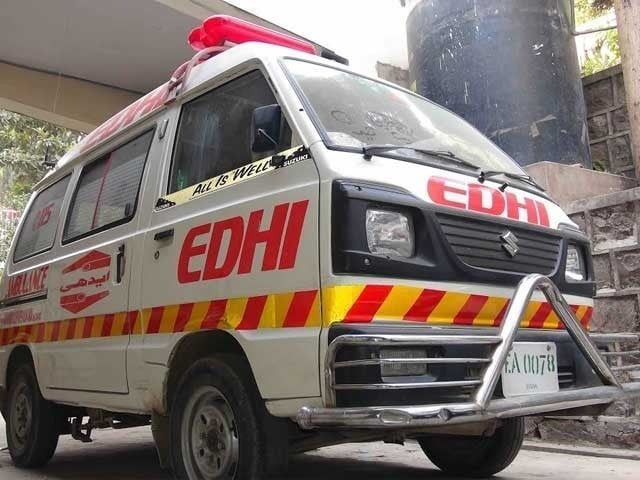
For a regular commuter travelling in their car, getting stuck in an endless gridlock could indicate reaching class late or missing an important meeting. However, for the devastated families rushing a sick or injured patient in an ambulance, not reaching the hospital in time could mean losing their loved one forever.
For instance, Farhan, a local, shared the tough ordeal his family had to undergo after his brother-in-law suffered a heart attack.
“While we were taking my brother-in-law to NICVD, our ambulance was stuck in multiple traffic jams at Golimar, Lasbela, Gurmandir and Saddar, due to which his condition worsened. We were told by the doctors that had we delayed bringing him by another 10 minutes, it would have been difficult for the patient to survive. Therefore, the surrounding areas of major hospitals should not be barricaded by encroachments,” urged Farhan.
Similarly, Wazir Khan, another local, shared that his brother met with an accident while traveling on his motorcycle near Sohrab Goth. “Since my brother’s right leg’s bone was broken at two places, he had to be rushed by an ambulance to a trauma centre. However, during this time, gridlocks at various places on the Liaquatabad and MA Jinnah Road, resulted in us reaching the hospital an hour late. Throughout the entire journey, my brother was in severe pain but due to the traffic jam, the ambulance faced difficulties in finding its way,” recalled Khan.
As per data obtained by The Express Tribune, approximately 4,900 emergency patients are reported on a daily basis across five government hospitals including the Jinnah Postgraduate Medical Centre (JPMC), Dr Ruth KM Pfau Civil Hospital, Shaheed Benazir Bhutto Trauma Centre, Abbassi Shaheed Hospital, and National Institute of Cardiovascular Diseases (NICVD).
According to Kashif Bhatti, an expert in trauma services, the majority of public hospitals in the city with a population of over 30 million, were located in densely populated areas which were prone to frequent gridlocks.
“In particular, the Civil Hospital and Trauma Centre is located in the heart of the city on MA Jinnah Road, which is a commercial area, while JPMC, NICVD, and the National Institute of Child Health (NICH)are located on the Rafiqi Shaheed Road, which is connected to the main avenue, Shahrah Faisal,” highlighted Bhatti.
Imranul Haq, a trauma services specialist, was of the opinion that encroachments, wrong parking and traffic congestion on the roads surrounding major hospitals created serious difficulties in transporting ambulances. “Due to the lack of attention of the Karachi administration and the Traffic Police, there are no dedicated lines for ambulances on highways. If there is a traffic jam due to a protest or an accident, the ambulance does not get a way out, which sometimes leads to tragic deaths,” observed Haq.
“Since major government hospitals of Karachi are established in the old parts of the city, their location cannot be shifted due to the issue of traffic jams. However, if the government formulates a traffic management plan to give way to ambulance services on the main highways, we can get rid of this problem. For this, all the relevant organizations have to come together on one platform and decide the strategy,” commented Saeed Jadoon, a rescue services planner.
Officials of the Sindh Health Department, KMC and Traffic Police assured that their personnel were taking all possible measures to facilitate the operation of ambulances across major government hospitals in the city without interruption.

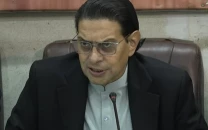
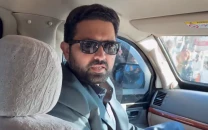
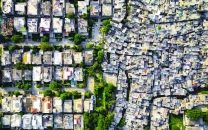
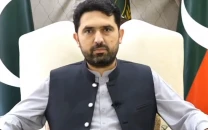














COMMENTS
Comments are moderated and generally will be posted if they are on-topic and not abusive.
For more information, please see our Comments FAQ